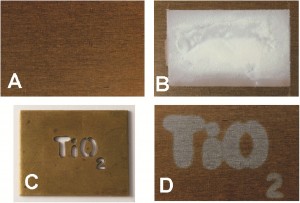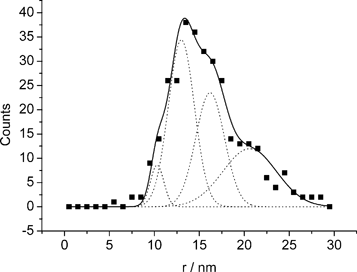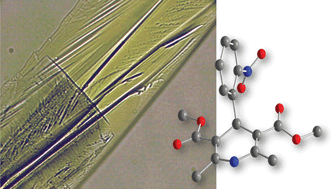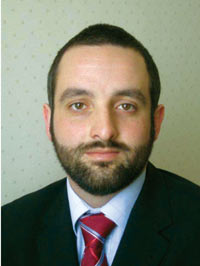This month sees the following articles in ChemComm that are in the top ten most accessed:-
Assemblies of perylene diimide derivatives with melamine into luminescent hydrogels
Pradip K. Sukul, Deepak Asthana, Pritam Mukhopadhyay, Domenico Summa, Luca Muccioli, Claudio Zannoni, David Beljonne, Alan E. Rowan and Sudip Malik
Chem. Commun., 2011, 47, 11858-11860, DOI: 10.1039/C1CC14189A
Fluorescent metal–organic framework for selective sensing of nitroaromatic explosives
Bappaditya Gole, Arun Kumar Bar and Partha Sarathi Mukherjee
Chem. Commun., 2011, 47, 12137-12139, DOI: 10.1039/C1CC15594F
Core-shell Ag@SiO2@mSiO2 mesoporous nanocarriers for metal-enhanced fluorescence
Jianping Yang, Fan Zhang, Yiran Chen, Sheng Qian, Pan Hu, Wei Li, Yonghui Deng, Yin Fang, Lu Han, Mohammad Luqman and Dongyuan Zhao
Chem. Commun., 2011, 47, 11618-11620, DOI: 10.1039/C1CC15304H
Incorporation of active metal sites in MOFs via in situ generated ligand deficient metal–linker complexes
Samir Barman, Hiroyasu Furukawa, Olivier Blacque, Koushik Venkatesan, Omar M. Yaghi, Guo-Xin Jin and Heinz Berke
Chem. Commun., 2011, 47, 11882-11884, DOI: 10.1039/C1CC14387E
A chiral tetragonal magnesium-carboxylate framework with nanotubular channels
Qipu Lin, Tao Wu, Shou-Tian Zheng, Xianhui Bu and Pingyun Feng
Chem. Commun., 2011, 47, 11852-11854, DOI: 10.1039/C1CC14836B
Donor–acceptor molecular figures-of-eight
Megan M. Boyle, Ross S. Forgan, Douglas C. Friedman, Jeremiah J. Gassensmith, Ronald A. Smaldone, J. Fraser Stoddart and Jean-Pierre Sauvage
Chem. Commun., 2011, 47, 11870-11872, DOI: 10.1039/C1CC15333A
Highly sensitive and selective cyanide detection via Cu2+ complex ligand exchange
Hyuk-Chan Gee, Chi-Hwa Lee, Young-Hwan Jeong and Woo-Dong Jang
Chem. Commun., 2011, 47, 11963-11965, DOI: 10.1039/C1CC14963F
A “turn-on” fluorescent probe for hypochlorous acid: convenient synthesis, good sensing performance, and a new design strategy by the removal of C-N isomerization
Xiaohong Cheng, Huizhen Jia, Teng Long, Jun Feng, Jingui Qin and Zhen Li
Chem. Commun., 2011, 47, 11978-11980, DOI: 10.1039/C1CC15214A
Pyridine synthesis from oximes and alkynes via rhodium(iii) catalysis: Cp* and Cpt provide complementary selectivity
Todd K. Hyster and Tomislav Rovis
Chem. Commun., 2011, 47, 11846-11848, DOI: 10.1039/C1CC15248C
Facile synthesis of Ag@Pd satellites–Fe3O4 core nanocomposites as efficient and reusable hydrogenation catalysts
Kun Jiang, Han-Xuan Zhang, Yao-Yue Yang, Robert Mothes, Heinrich Lang and Wen-Bin Cai
Chem. Commun., 2011, 47, 11924-11926, DOI: 10.1039/C1CC14675K
Why not take a look at the articles today and blog your thoughts and comments below.
Fancy submitting an article to ChemComm? Then why not submit to us today or alternatively contact us with your suggestions.

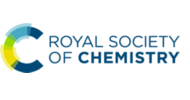









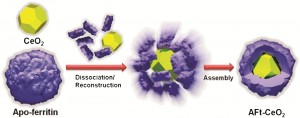
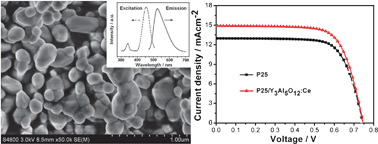
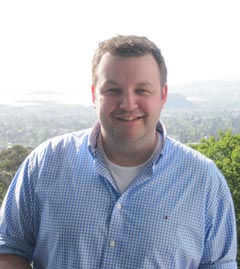 2011
2011 